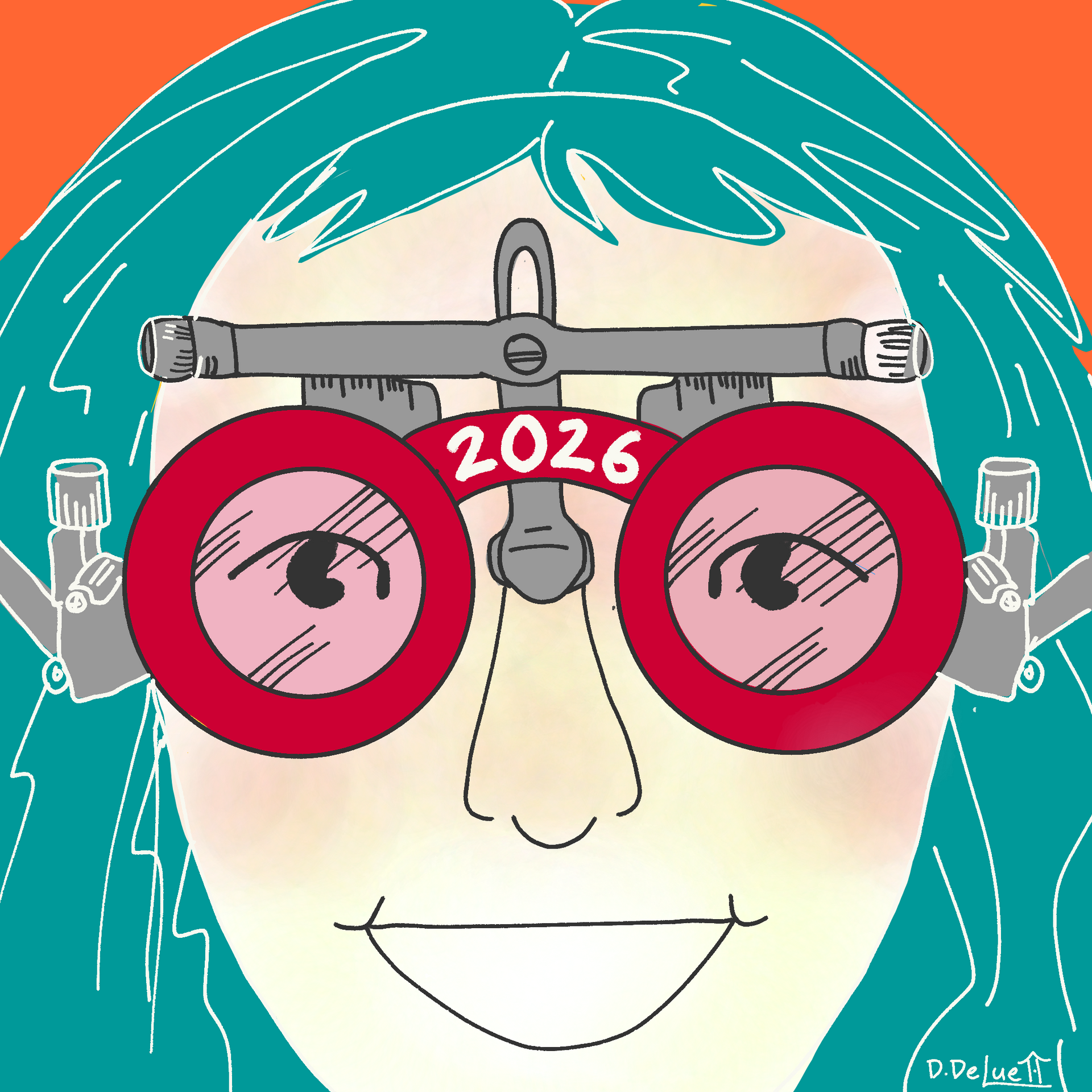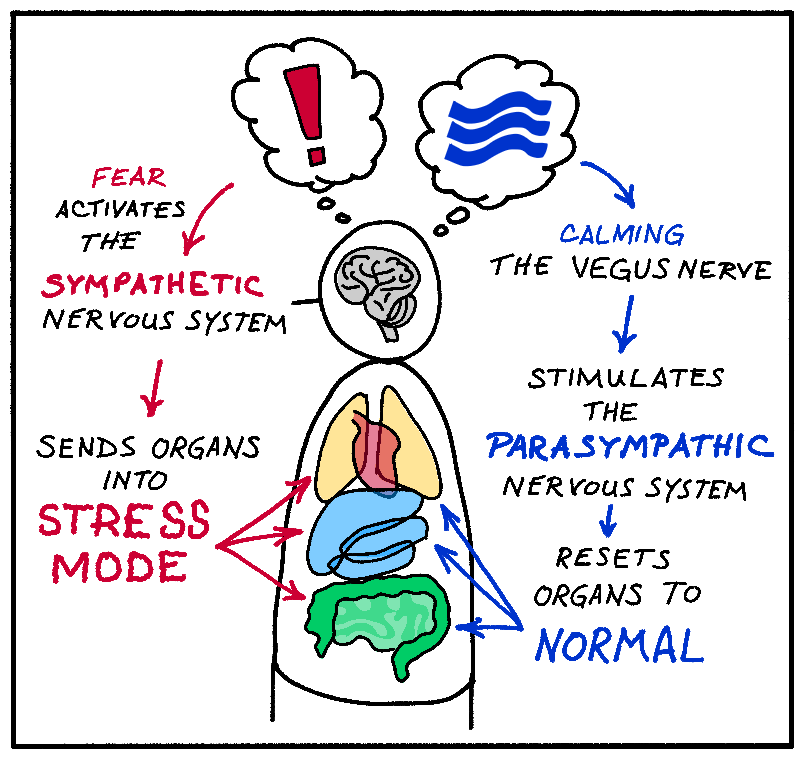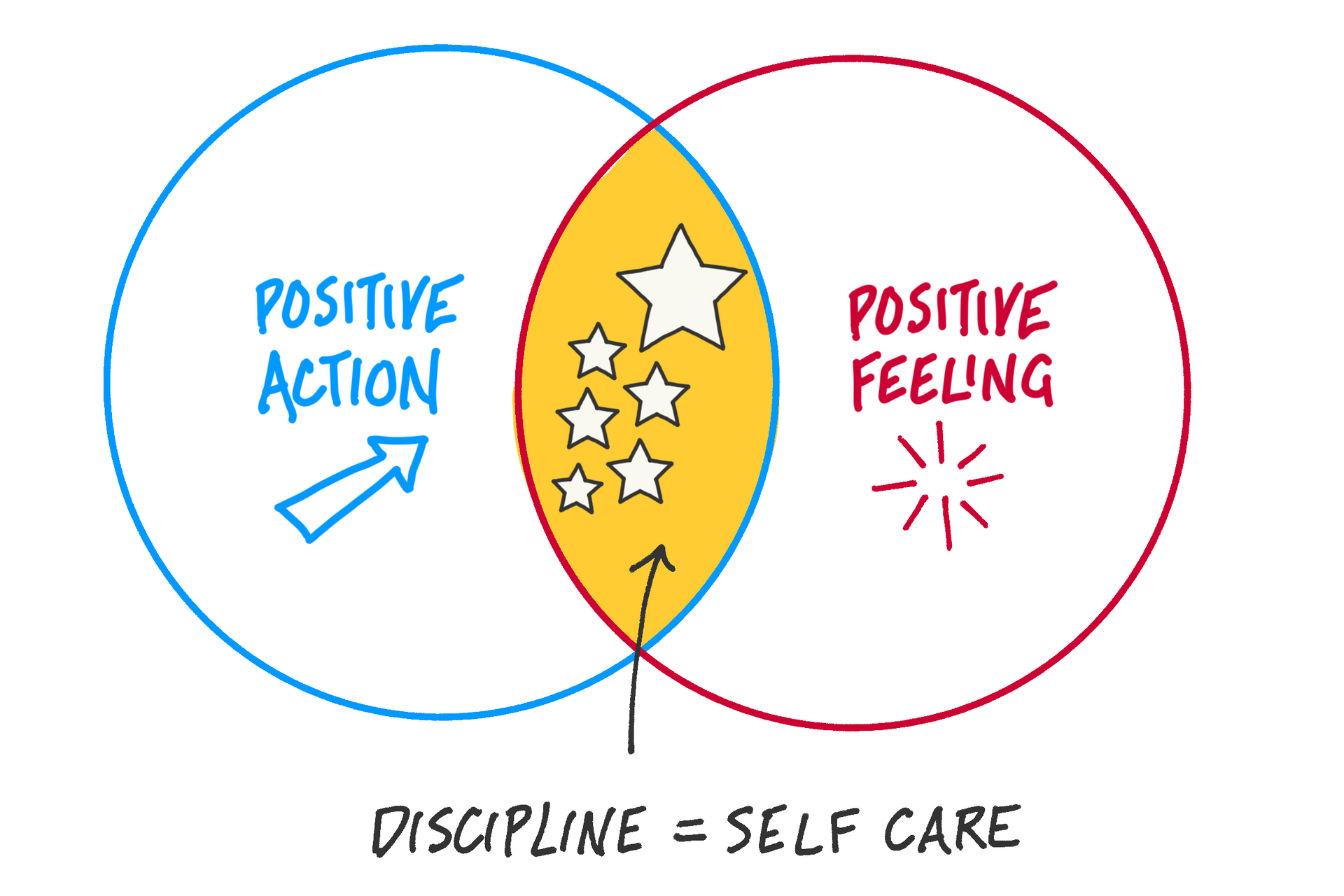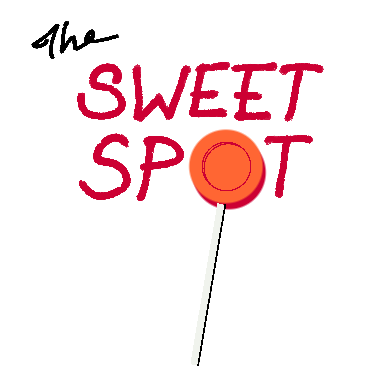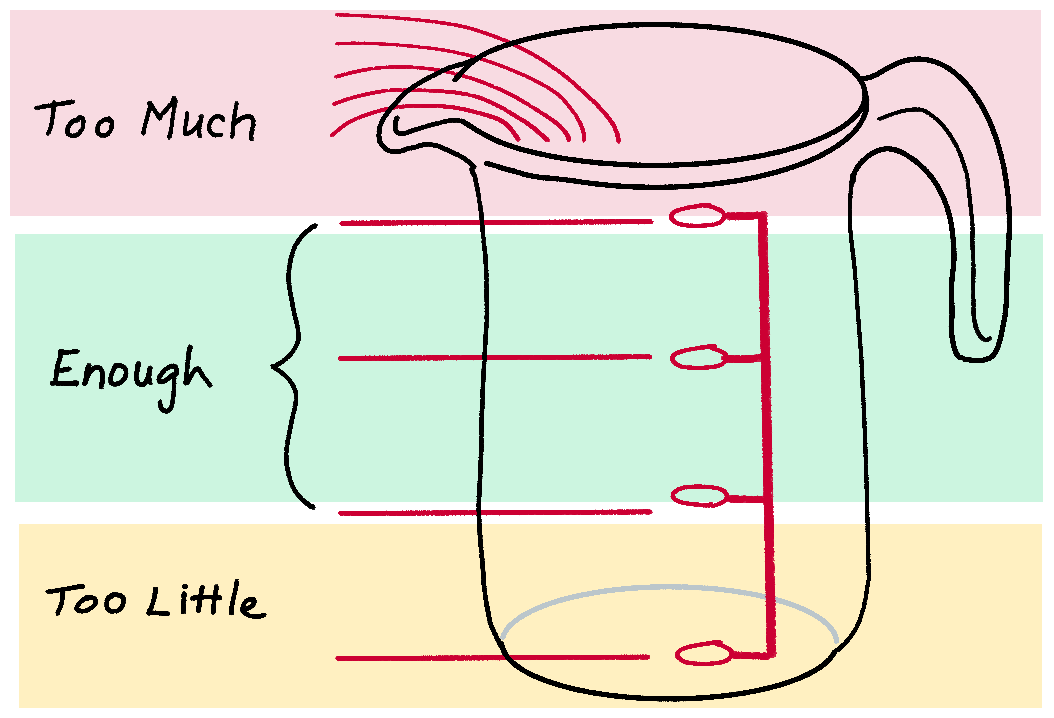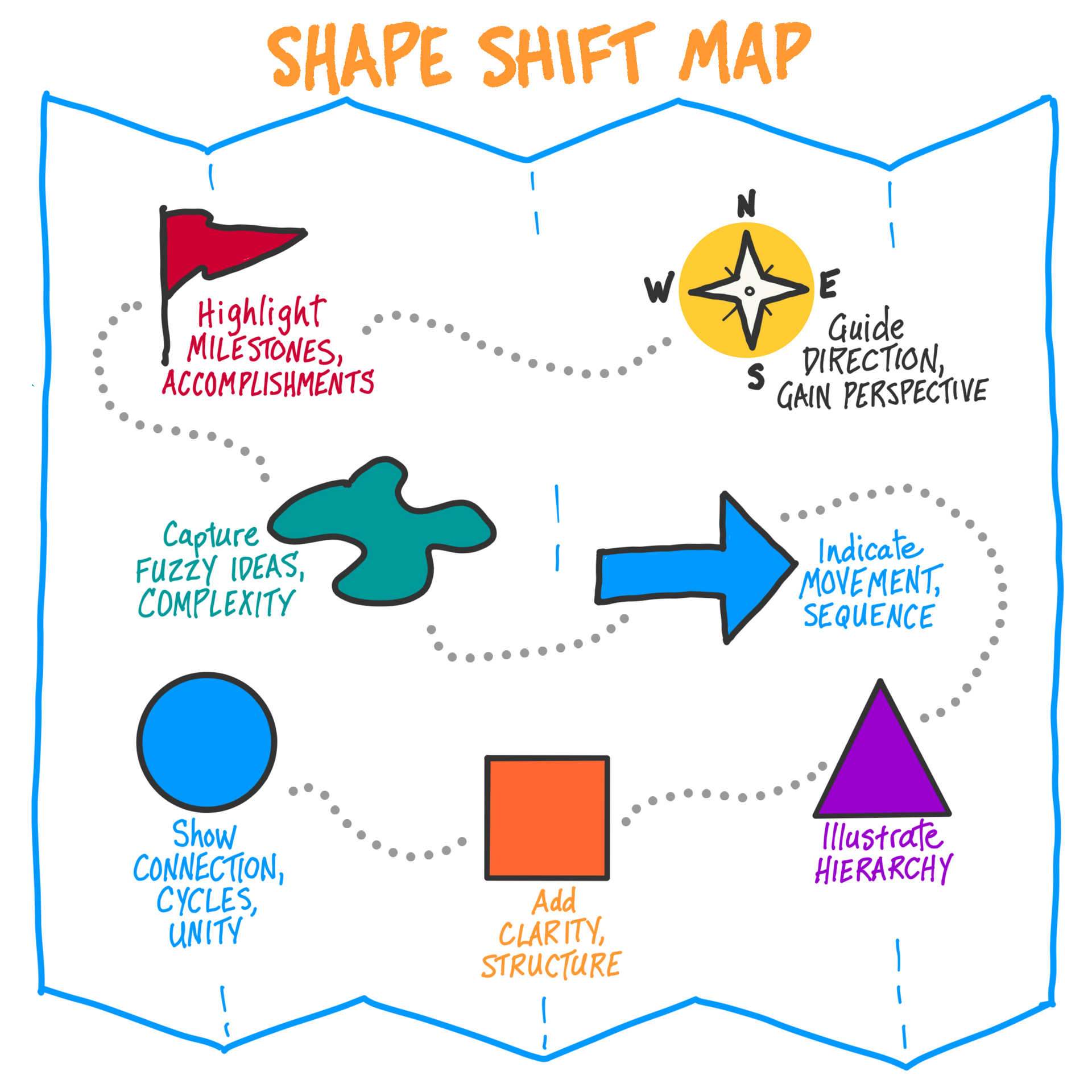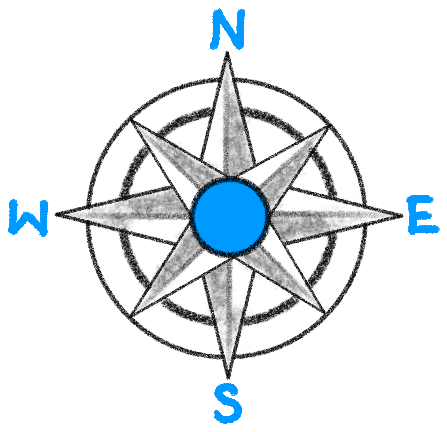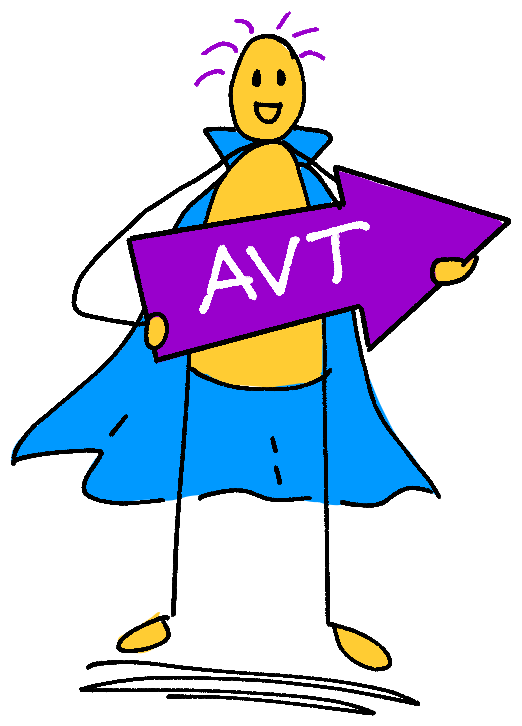Shape Shift - The Circle
The Art of Applied Visual Thinking
Welcome to the Shape Shift Series. In our last AVT newsletter "Connecting the Dots: Big Ideas from Simple Marks," we explored the power behind the simple dot to communicate structure, flow, grouping or organization of ideas.
What happens when an idea becomes bigger than a dot?
That dot becomes a circle, and from there, possibilities begin to expand. In this series, we dive into a series of simple shapes that carry powerful abilities to spark clarity, confidence, and connection.
The Circle
Circles are more than just dots or wheels—they represent wholeness, unity, and continuity. In visual thinking, a circle can:
1. Group ideas together
Circles can create order out of chaos.
Try this: Next time you have too many ideas to tame, jot each one on a sticky note. Post them on a wall or flipchart. Group similar sticky notes.
CIRCLE each group and give each group a title in big, bold letters. Voila. Now that you have categories, you should find it easier to assess which ones to pursue next.
2. Highlight important points
Circles can lead the eye to a relevant thought, and where they
EYE goes, the
MIND goes.
Try this: Next time you take notes, make a point of
emphasizing the key words and phrases you'd like to remember by
CIRCLING them. Of course, you can make them bold, highlighted or outlined in a different color if you have time, but a quick
CIRCLE could be all you need.
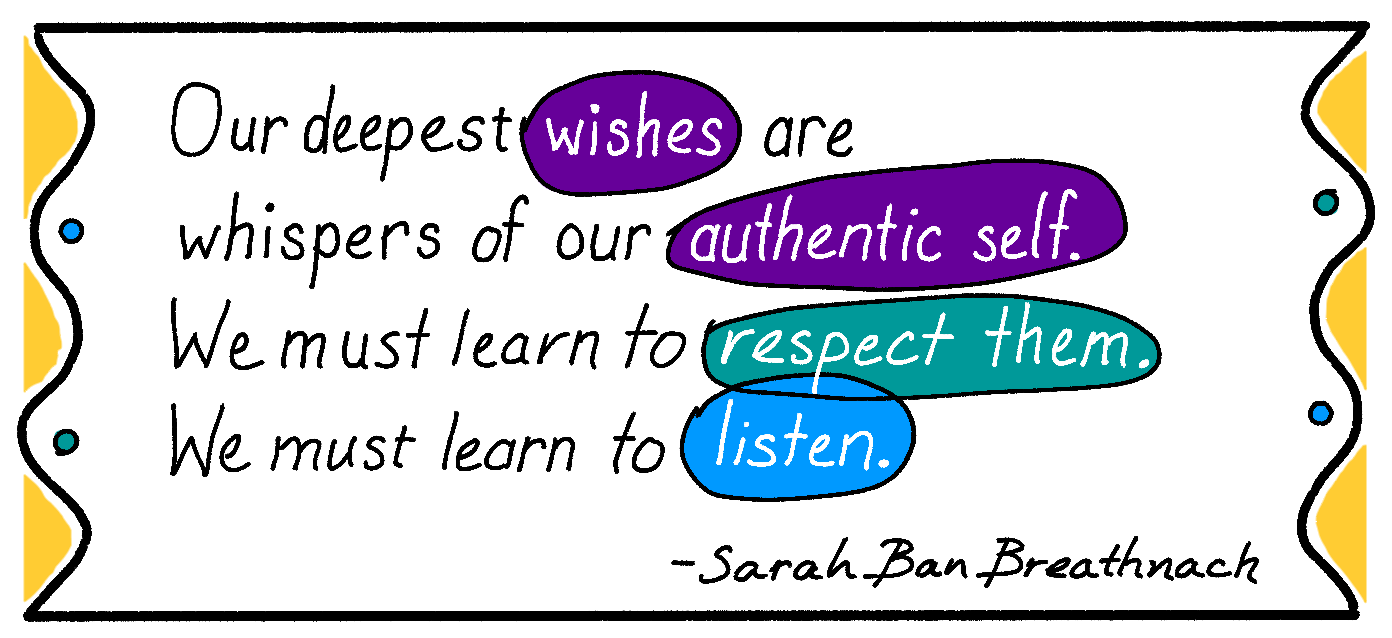
3. Represent cycles, systems, or feedback loops
Circles can be broken into segments. Add an arrow to one end of each segment, and you can illustrate the flow of activity in a system.
Try this:
Do a little research into the life cycle of a frog, butterfly or chicken, or perhaps the water, carbon or rock formation cycles.
Represent the life cycle of your choice using a
CIRCLE diagram like the one shown here illustrating the developmental stages of a turtle.
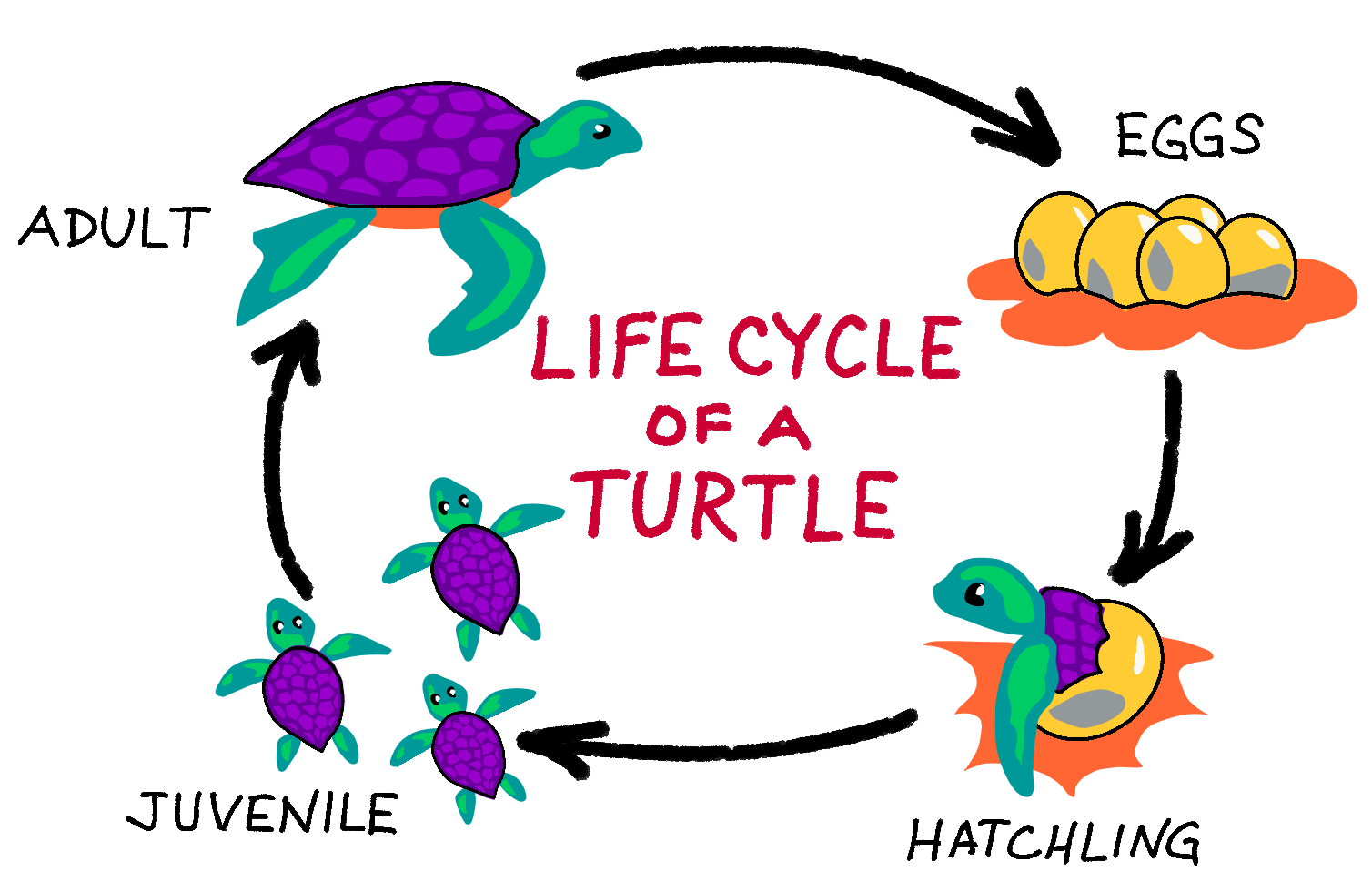
Circles can contain worlds, connect worlds, represent portals to previously unimaginable worlds. Circles can be meditative. They can become ants on a log, craters on the moon or shadows under jumping humans.
Ready to put your circles to work?
- Draw a big circle. Inside, jot down the things you need to focus on this week. That’s your “zone.”
- Everything outside? Not your zone. Let it go (for now) or delegate.
- Circle your top three priorities in your zone. Remember to CELEBRATE when you get your inner circle tasks done!
Tune in next time when we shift over to the square—your visual container.


